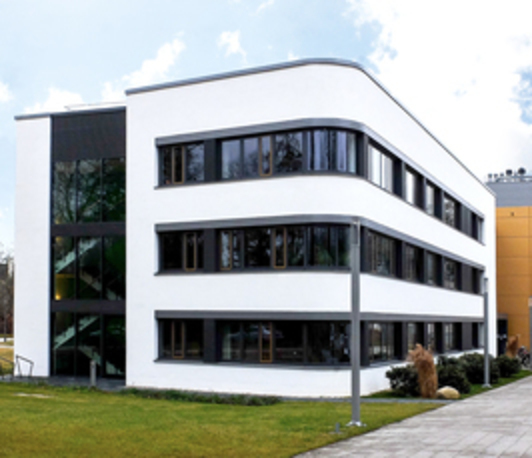High-power Ultrafast Moves into the Terahertz Domain
- PC Department Seminar
- Date: Feb 12, 2024
- Time: 11:00 AM (Local Time Germany)
- Speaker: Clara Saraceno
- Ruhr Universität Bochum
- Location: Building G
- Room: 2.06
- Host: Melanie Müller

Most industrial THz-TDS systems make use of semiconductor-based photoconductive emitters and receivers. These systems offer record-high dynamic range operation at very high repetition rates of hundreds of MHz, and the corresponding emitters provide high conversion efficiencies with low power excitation, driven by compact ultrafast fiber-lasers. For applications where strong-fields are desired, the most commonly used technique is optical rectification in nonlinear crystals, for instance zinc telluride (ZnTe), gallium phosphide (GaP), lithium niobate (LiNbO3) or organic crystals (e.g., BNA, DAST, DSTMS). Whereas all these techniques have seen continuous performance progress in the last few years driven by different application fields, their average power has mostly remained low. A promising yet poorly explored route is simply to increase the average power of the driving lasers using state-of-the-art, high-average power ultrafast Yb-gain based lasers providing multi-100-W to kilowatt average-power levels as excitation sources, which are increasingly available both in laboratory setting and commercially. This new excitation regime for THz generation in various schemes has become an active area of research in the last few years, and current results have allowed to reach power levels in the THz domain in the multi-ten to multi-hundred milliwatts in different repetition rate regions – which was previously restricted to accelerator facility-type THz sources. This progress opens the door to a multiplicity of new and old research areas to be re-visited. In this presentation, we review recent progress in the generation of high-average power THz-TDS. We will present the state-of-the-art of high-power ultrafast laser sources with potential for driving THz sources, current technological challenges in scaling THz average power, and applications areas that could potentially benefit from these novel lab-based sources.